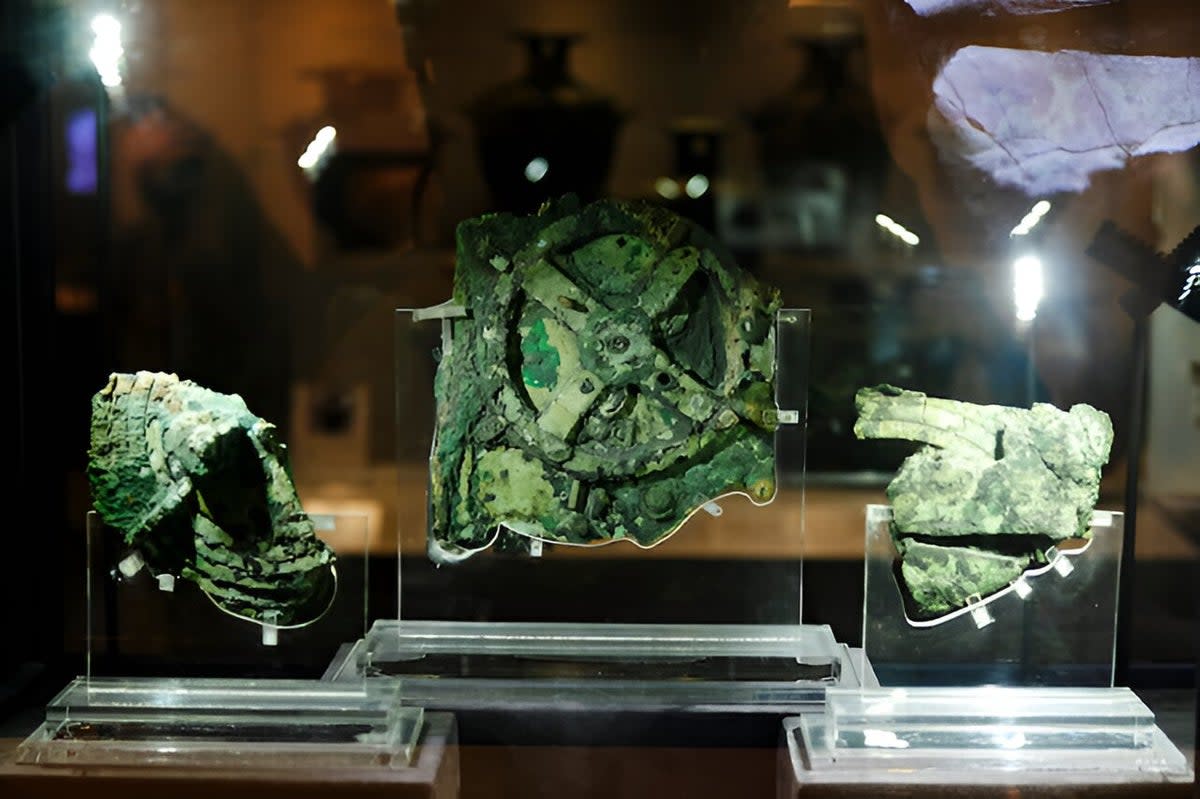Secrets of mysterious Greek computer revealed using methods for studying Universe

Methods used in astronomy have helped unravel mysteries of the ancient Greek Antikythera mechanism – an ancient astronomical calculator made at the end of the 2nd century BC.
Researchers from the University of Glasgow applied statistical techniques used to analyse gravitational waves in space to determine the likely number of broken parts of the ancient Greek device which is widely held as the oldest known analog computer.
The findings, published recently in the Horological Journal, suggest that one of the components of the Antikythera mechanism was most likely used to track the Greek lunar year.
The ancient device was first uncovered in 1901 by divers from a sunken shipwreck near the Aegean island of Antikythera.
Although it was found in an eroded state, researchers found that it contained a complex series of intricately interlocking gears.
Decades of further research revealed that the ancient device was a kind of hand-operated mechanical computer built in the second century BCE.
Its external dials connected to the internal gears were used to predict eclipses and calculate the astronomical positions of planets with unparalleled accuracy.
In 2020, scientists found from X-ray scans that one of the device’s structures known as the calendar ring had regularly spaced holes beneath it.
However, this part had eroded and it wasn’t clear how many holes were there originally.
Researchers estimated it may have been between 347 and 367.
Scientists found in the latest study that the ring is vastly more likely to have had 354 holes, corresponding to the lunar calendar.
The new statistical analysis reveals that 354 holes are hundreds of times more probable than a 360-hole ring.
“Previous studies had suggested that the calendar ring was likely to have tracked the lunar calendar, but the dual techniques we’ve applied in this piece of work greatly increase the likelihood that this was the case,” study co-author Joseph Bayley said.
“It’s given me a new appreciation for the Antikythera mechanism and the work and care that Greek craftspeople put into making it – the precision of the holes’ positioning would have required highly accurate measurement techniques and an incredibly steady hand to punch them,” Dr Bayley said.
Researchers hope the findings will help unravel further mysteries of the ancient Greek astronomical device.
“It’s a neat symmetry that we’ve adapted techniques we use to study the universe today to understand more about a mechanism that helped people keep track of the heavens nearly two millennia ago,” Graham Woan, another author of the study, said.


